
( LA7SNA Collection)
History
In the mid-1930's the German military standardized the production and use of radio equipment. In order to fight a mobile war, units in the field needed to get orders as fast as possible. On the tactical level, units that could communicate back and forth instantly had a great advantage over those who could not. When Germany invaded France in May 1940, all German tanks were equipped with transceivers and/or receivers. The French and British on the other hand, had only begun to equip their tanks with radios, and only a handful were installed before the battle. Despite the fact that German armored forces were outnumbered two-to-one, and that French tanks were often superior in quality, the panzers were able to sweep aside much opposition due to their ability to coordinate via radio.
The radio network also allowed artillery and air support to be called down on stubborn enemy positions right away. Embedded within the army were ground controllers familiar with aircraft capabilities and who could coordinate pinpoint strikes when ground commanders needed them. All of this combined to make the German war machine a very efficient, contributing heavily to the defeat of one of the most powerful nations in only seven weeks. Torn Fu g was a medium wave set of a bit more power and a real super-heterodyne receiver. These sets were sometimes also used in tanks, like Panther and Tiger, and to communicate with the "Panzergrenadiere".
Another version called Torn.Fu.t was introduced only on 1945 until the end of the War and then is very rare.
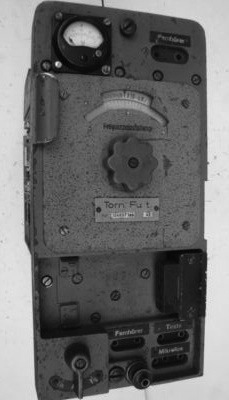
Torn.Fu.t
Technology
The transmitter and receiver have common tuning circuits; adjustment of frequency applies automatically to both so that communications must be on the same frequency (simplex).
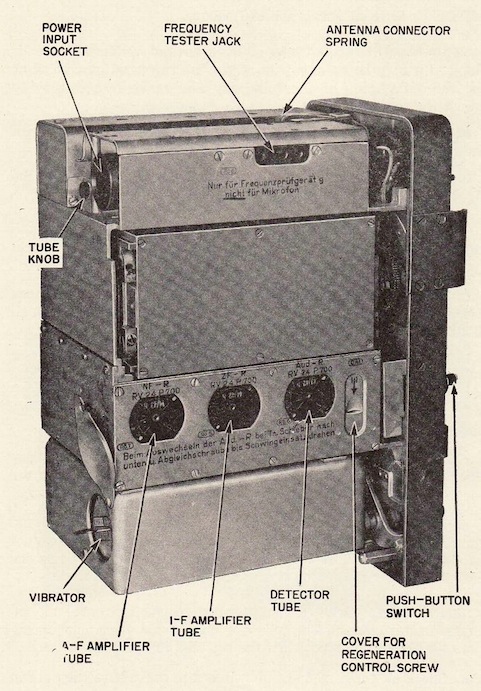
Tuning the antenna for transmitting automatically tunes it for receiving, but if transmitting is forbidden for security reasons, it is still possible to tune the antenna to receive. Tornfu.g is equipped with the following valves :5 x RV2,4P700 ;2 x RL2,4P3.
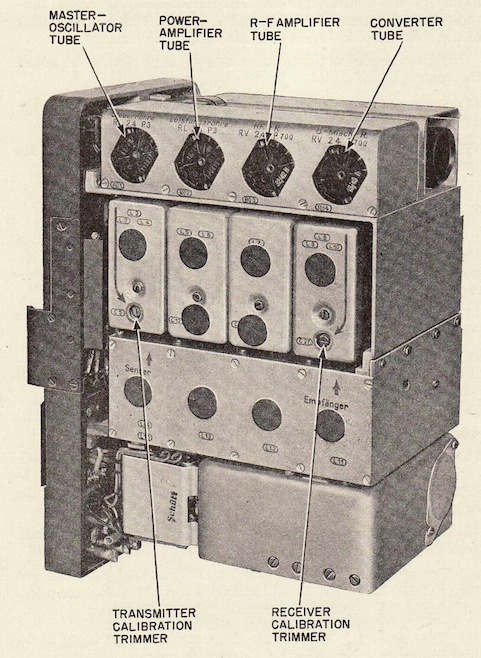
The functionality of each valves are showed in the following table:
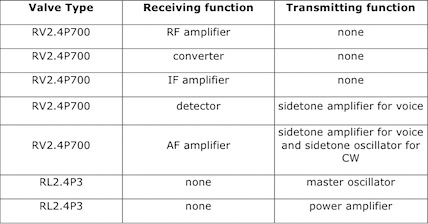
The frequency coverage is 2.5 to 3,5Mhz and RF output power is 1 W for CW and 0,5 W for AM.The radio is supplied with 2,4 V Battery through synchronous vibrator.The circuitry of a radio set was divided in a number of units, "modules" we would call them in our day, that could be easily removed and replaced. Usually such a module took the shape of a completely screened box of cast alloy that made it extremely stable, both from a mechanical and an electrical point of view.Inside the box was divided in completely screened compartments that housed the different stages belonging to that unit. The units were combined to a complete set by mounting them into a frame, again made of cast alloy. The electrical connections between the units consisted of multi-pole connectors on the modules, mating with similar devices on the frame.
Torn.Fu.t have the same chassis as "g" and the same amount of the tubes. The only difference is the frequency range from 2 to 3 Mhz. Torn.Fu.t was not in the field anytime. It was constructed in the end of war starting from January 1945 until the end of the war. Aftertime it was a mystery why this unit was made as the frequency laying tight to Tornfu.g.
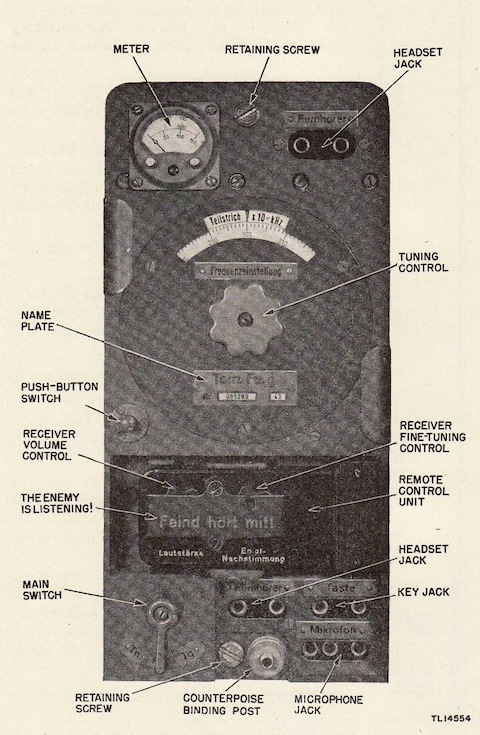
MY TORN.FU.T
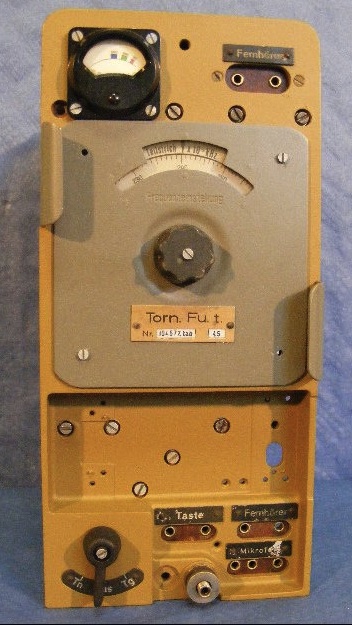
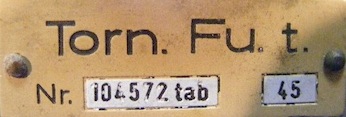


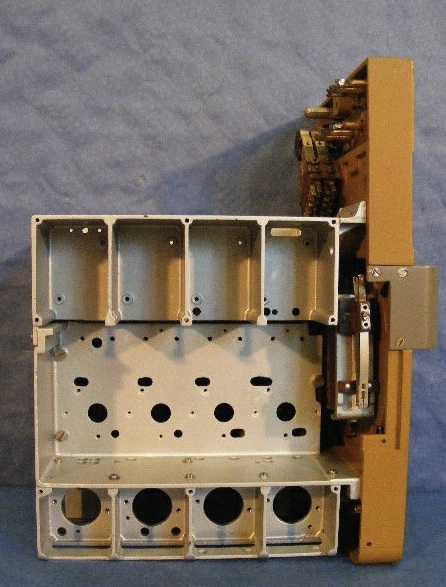

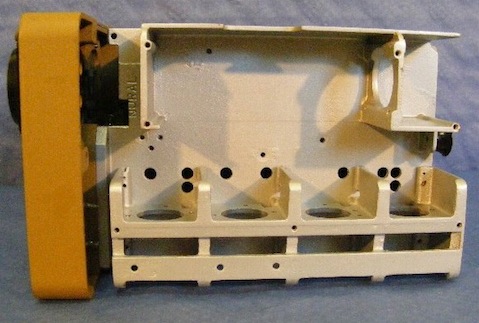
Bibliography
- TB SIG E16 “German Radio Set Torn.Fu.g” US War Department 12/08/1944
- LA7SNA Website